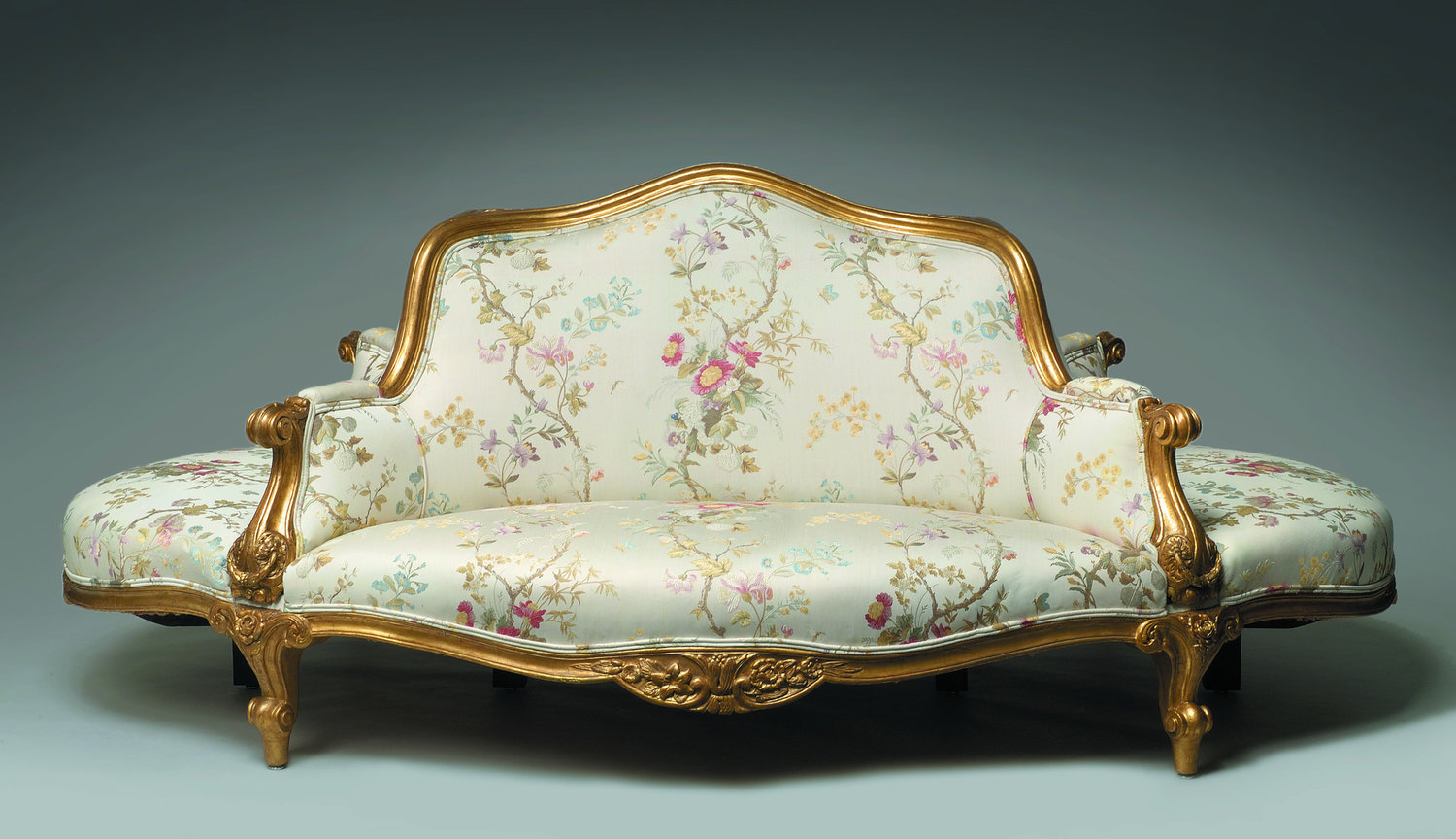Looking Into the Evolution and History of Furniture and How It Shapes Our Homes Today
One of the most prominent themes running through the history of furniture is that of evolution and change. The word "furniture" means the art of making or creating things, while furniture does just that. It refers to the variety of items that can be made or created with the use of furniture. This art form has taken on many forms over time, evolving from essential and straightforward tools to highly decorative items. Today, the term furniture refers more to decorative items than to essential tools used to create the.
The Birth of Modern Furniture
Throughout the years, the art of furniture-making has evolved into both a stylized and a more simplistic craft. One of the first modern furniture pieces to be produced was the dining table, which came about during the late renaissance in 15th century Italy. At the time, furniture was more about practicality and function than its ability to decorate a living space such as the living room or the dining room. Now you can invest in quality you can afford with B&B Italia furniture pieces.

Furniture as a Status Symbol
In the early part of the modern period, furniture quickly became one of the most highly valued items. This popularity was primarily because the furniture was considered to be a status symbol. In a Victorian Home, many wealthy families would purchase expensive furniture that was rare and beautiful. These items were generally designed and produced by skilled craftsmen, whom many people working in the furniture business learned to respect. As a result, many furniture makers of the late modern age avoided the mass production of furniture in favor of making highly individualized, highly decorative items, especially for larger homes.
Decorative Furniture Were Often Exclusively Enjoyed by the Elite
As the modern period approached, furniture began to become even more decorative and complex. Much of this growth was driven by the popularity of the Classical style of furniture or Victorian decorative furniture. In the 18th century, the classical style had been famous for much of the period, and its furniture design was being copied and adapted to the modern style by the 17th century. The methods of the classical style were highly intricate and represented a challenge to furniture manufacturers everywhere. The furniture pieces were especially beloved by the aristocracy, having a category even named after the French King, Louis XIV.

Industrialization of Furniture and Its Aesthetic
During the 19th century, with the Industrial Revolution and the invention of new materials and machinery, the furniture industry once again experienced tremendous growth. The elaborate ornamentation and heavy proportions turned into clean lines and minimal aesthetic value from the Victorian-style furniture.
Clean Lines and Geometric-Shaped Furniture
Modern Architecture, which began appearing on the market in the late 19th century, represented a radical departure from the style of classical furniture. Much of the furniture in this period was mechanized and appeared to be quite technical in design. Many of the designs showed an absence of art or ornamentation as if by virtue of their appearance, they had disappeared altogether. This allowed the middle classes to access furniture that was once hard to obtain due to its high price tag. Even furniture purchased during the early days of the industrial revolution featured little or no type of ornate appeal.
Nostalgia for the Classics
As time went on and the industrial revolution faded away, the style of furniture slowly evolved back toward more classical themes and designs. The pendulum had swung to the beginning. Now, modern furniture design was designed to appeal to both the modern purchaser and to those who loved the antique styles of furniture. In addition, there was a growing interest in antiques among many educated people. This is why antique furniture is much easier to come by today than in the past.
Culmination of Every Era in the History of Furniture and its Effect on the Industry
In the early 20th century, with the invention of mass furniture manufacturing and the use of electricity in the manufacturing of furniture, the style of furniture was once again headed back to the ancient themes. The very term "antique furniture" referred only to furniture that came from the antique style. Now furniture could only be antique if it was made in that style or if it was at least designed in the olden days.
The View on Modern Furniture and Antique Furniture
Modern furniture like these chairs, are made from materials such as steel and plywood with high levels of automation, did not outnumber antique furniture until the late twentieth century. Antique furniture style was considered to be significantly inferior furniture. Today's 21st century modern design, which is created using more modern tools and techniques, is considered to be superior to its ancient counterparts.
The Evolution and Impact of Craftsmanship on Furniture Throughout the Years
When looking into the history of furniture, it is not difficult to determine the various styles in which furniture from different times and cultures has evolved. The style of their furniture may also differ depending on the person's social status or the culture where the furniture came from, or how it compliments the person's living space.
